Home>Garden Essentials>How Long Does It Take To Grow Apple Tree From Seed
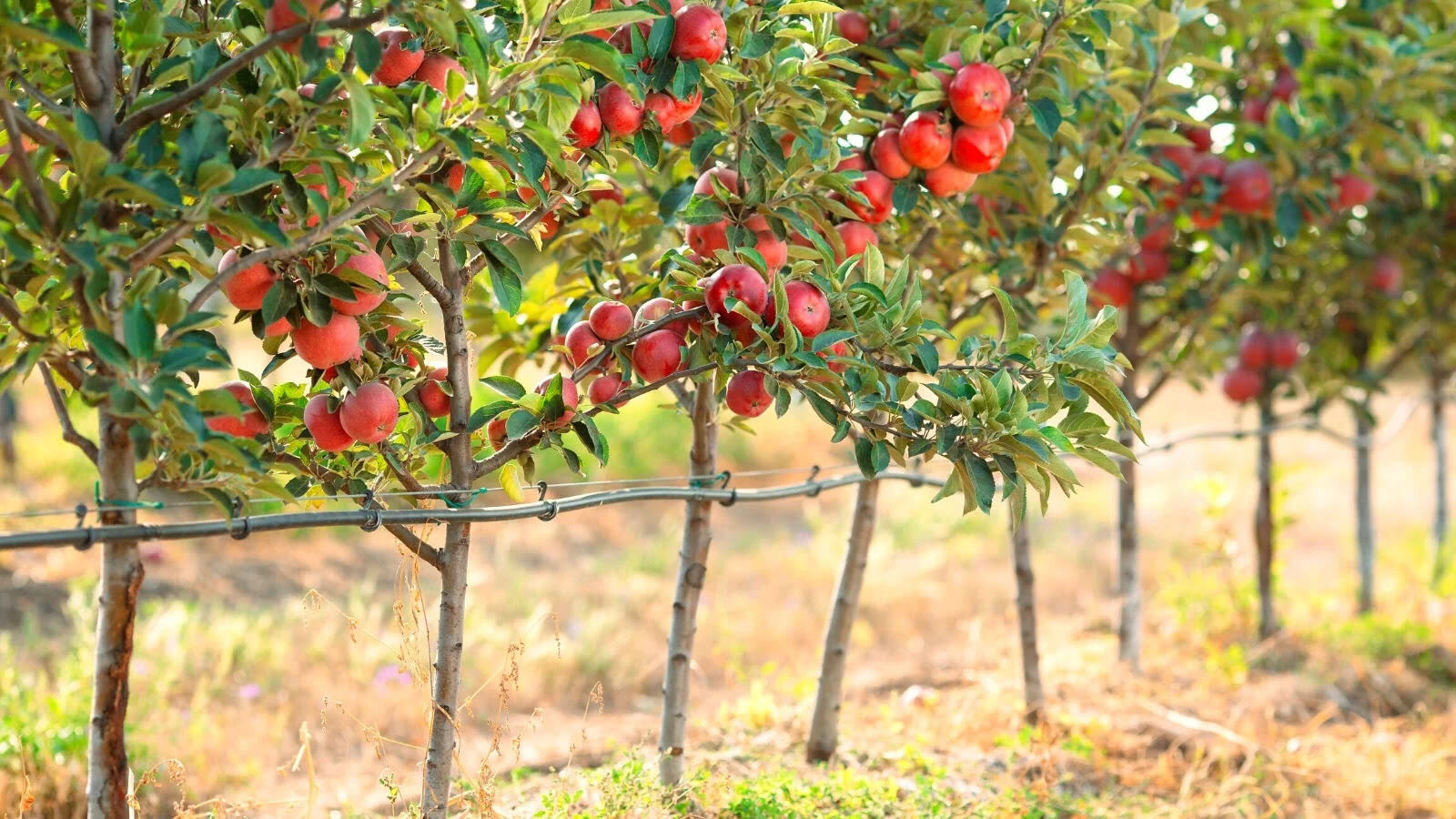

Garden Essentials
How Long Does It Take To Grow Apple Tree From Seed
Modified: March 24, 2024
"Discover how long it takes to grow an apple tree from seed in your garden. Expert tips and insights to help you nurture a thriving apple tree from start to finish."
(Many of the links in this article redirect to a specific reviewed product. Your purchase of these products through affiliate links helps to generate commission for Storables.com, at no extra cost. Learn more)
Introduction
Growing an apple tree from seed can be a rewarding and fulfilling experience for gardeners of all skill levels. Watching a tiny seed transform into a majestic tree that produces delicious fruits is truly magical. However, it is important to understand that growing an apple tree from seed requires patience and dedication, as it is a time-consuming process.
In this article, we will explore the factors that affect the growth of an apple tree from seed and discuss the different stages involved in the growth process. We will also provide a general timeframe for growing apple trees from seed and share some tips for successful seed germination. So, if you’re ready to embark on a journey of growing your own apple tree, let’s dig in!
Key Takeaways:
- Growing an apple tree from seed takes patience and dedication, with the germination period lasting 2 to 8 weeks. Factors like temperature, moisture, and seed quality influence successful growth.
- The journey of growing an apple tree from seed offers unique experiences and joys, from watching tiny seeds sprout to nurturing a mature tree that bears delicious fruits.
Read more: How Long To Grow Apple Tree From Seed
Factors Affecting Apple Tree Growth from Seed
Growing apple trees from seed involves several factors that can influence their growth and development. Understanding these factors will help you create the ideal conditions for your apple tree seeds to thrive. Here are the key factors to consider:
- Variety: The variety of the apple tree plays a crucial role in its growth. Different apple tree varieties have varying growth patterns, fruit characteristics, and environmental requirements. Some apple varieties may be more suitable for certain climates or soil types than others. Be sure to choose apple tree seeds that are adapted to your local climate and growing conditions.
- Seed Quality: The quality of the apple tree seeds you use is vital. Look for fresh, viable seeds from healthy, disease-free apples. Carefully select seeds from apple varieties that are known for their desirable traits, such as disease resistance, high fruit yield, or excellent flavor. Good quality seeds are more likely to germinate successfully and produce healthy seedlings.
- Soil and Growing Conditions: Apple trees thrive in well-drained soil with a pH level between 6.0 and 7.0. The soil should be rich in organic matter and have good moisture retention capacity. Adequate sunlight, preferably full sun for at least 6 hours a day, is crucial for apple tree growth and fruit production. Ensure that the planting site provides the necessary conditions for your apple tree seeds to flourish.
- Temperature: Temperature is a critical factor affecting apple tree growth. Most apple varieties require a certain number of chilling hours during winter to break dormancy and initiate bud development. The chilling requirement varies depending on the variety. Additionally, apple trees have specific heat requirements during the growing season. Make sure to choose apple tree varieties that are suited to your local temperature conditions.
- Pollination: Apple trees are not self-fertile, which means they require cross-pollination from another compatible apple tree variety to set fruit. If you have space, consider planting multiple apple tree varieties to ensure proper pollination and maximize fruit production. Pollinators such as bees and other insects also play a crucial role in the pollination process.
By considering these factors, you can create the optimal environment for your apple tree seeds to develop into healthy trees. Providing the right conditions will greatly increase the chances of successful growth and fruit production.
Germination Period
The germination period is the first stage in the growth of an apple tree from seed. It is the process by which the seed sprouts and develops into a seedling. The duration of the germination period can vary depending on various factors such as seed quality, temperature, moisture levels, and variety.
On average, apple tree seeds take about 2 to 8 weeks to germinate. However, it is not uncommon for the germination process to extend beyond this timeframe. Some factors that can affect the germination period include:
- Temperature: Apple tree seeds require specific temperature conditions to initiate germination. Optimal temperature for germination is around 60 to 70 degrees Fahrenheit (15 to 21 degrees Celsius). Providing consistent and appropriate temperature is important to ensure successful germination.
- Moisture: Apple tree seeds need adequate moisture to break dormancy and begin the germination process. Ensure that the planting medium or soil is consistently moist, but not waterlogged. It is essential to maintain the right moisture levels throughout the germination period.
- Stratification: Some apple tree varieties require a period of cold stratification to mimic winter conditions and break dormancy. This process involves exposing the seeds to a period of cold temperature (around 32 to 40 degrees Fahrenheit or 0 to 4 degrees Celsius) for several weeks. Stratification helps to stimulate the germination process in certain apple tree varieties.
- Seed Quality: The quality of the seeds can also influence the germination period. Fresh, high-quality seeds have a higher chance of germinating quickly and successfully. Be sure to choose healthy seeds from reputable sources to improve germination success.
- Variety: Different apple tree varieties may have slightly different germination requirements. Some varieties may have shorter or longer germination periods than others. It is essential to research the specific germination requirements of the apple variety you are growing to provide the optimal conditions.
During the germination period, it is crucial to monitor the moisture levels, maintain appropriate temperatures, and provide adequate lighting. Once the seeds have germinated and the seedlings have sprouted, they can be transplanted into individual containers or pots to continue their growth journey.
Overall, the germination period is an exciting and critical stage in growing apple trees from seed. By understanding and providing the necessary conditions, you can increase the chances of successful germination and set the foundation for healthy apple tree growth.
Seedling Stage
After the germination period, the apple tree enters the seedling stage. This is an important phase where the young plant develops its first true leaves and starts to establish a stronger root system. During this stage, proper care and maintenance are crucial to ensure the healthy growth and development of the seedling.
Here are some key aspects to consider during the seedling stage:
- Transplanting: Once the apple tree seeds have germinated and the seedlings have developed a few true leaves, they can be transplanted into individual containers or pots. Use a well-draining soil mix that provides good aeration and moisture retention. Ensure that the containers have adequate drainage holes to prevent waterlogging.
- Light and Temperature: Seedlings require adequate light to support photosynthesis and promote healthy growth. Place the containers in a sunny location or provide supplemental grow lights if natural sunlight is limited. Maintain a temperature between 65 and 75 degrees Fahrenheit (18 to 24 degrees Celsius) during the day and slightly cooler temperatures at night.
- Watering: Proper watering is essential to prevent the seedlings from drying out or becoming waterlogged. Water the seedlings when the top inch of the soil feels dry, using a gentle stream of water to avoid disturbing the young plants. Ensure that the containers have drainage holes to allow excess water to escape.
- Fertilization: Seedlings benefit from regular fertilization to provide them with essential nutrients for growth. Use a balanced fertilizer with a higher nitrogen content to promote lush foliage development. Follow the package instructions for dosage and frequency, and be careful not to over-fertilize, as this can damage the young plants.
- Thinning and Pruning: If multiple seedlings have emerged from a single container, it may be necessary to thin them out. Choose the strongest and healthiest seedlings and carefully remove the excess ones to allow more space and nutrients for the remaining plants. Pruning may also be required to remove any weak or damaged growth.
- Pest and Disease Management: Keep an eye out for common pests and diseases that can affect young apple tree seedlings, such as aphids, caterpillars, or fungal infections. Regularly inspect the plants and take appropriate measures to prevent or treat any issues that arise.
The seedling stage is a critical period for the apple tree’s development. By providing proper care, light, water, and nutrients, you can help the seedlings establish a strong foundation for future growth. As the seedlings mature and develop, they will soon enter the next stage of the apple tree’s lifecycle: the juvenile stage.
Juvenile Stage
During the juvenile stage, the apple tree transitions from a seedling to a young tree with more established roots and branches. This stage is characterized by rapid growth and the development of a sturdy framework for future growth and fruit production. The duration of the juvenile stage can vary depending on various factors, including the apple tree variety, growing conditions, and cultural practices.
Here are the key aspects to consider during the juvenile stage of an apple tree:
- Growth and Development: During this stage, the apple tree focuses on vegetative growth. It will continue to produce leaves, branches, and stems as it establishes a solid root system. The tree’s height and width will increase, and it will develop a more robust structure. Regular pruning can help shape the tree and encourage optimal growth.
- Water and Nutrient Management: Proper watering and fertilization are essential for the growth and health of the apple tree during the juvenile stage. Water deeply and regularly, especially during dry periods, to ensure the roots have access to adequate moisture. Apply a balanced fertilizer, taking into account the tree’s specific nutrient requirements and adjusting based on soil test results. Monitor for nutrient deficiencies and adjust fertilizer applications accordingly.
- Training and Pruning: Training the young apple tree during the juvenile stage is crucial to establish a well-balanced structure. Use stakes or supports, if necessary, to promote straight and upright growth. Regular pruning helps shape the tree, control its size, and encourage branching. Remove any crossing, diseased, or dead branches to maintain a healthy and open canopy.
- Pest and Disease Management: Juvenile apple trees are susceptible to pests and diseases that can impact their growth and development. Regularly inspect the tree for signs of pests, such as aphids or caterpillars, and take appropriate measures to manage infestations. Implement cultural practices, such as proper sanitation and disease-resistant varieties, to minimize the risk of diseases affecting the tree.
- Support and Protection: Young apple trees may need support, especially if they are exposed to strong winds or heavy fruit loads. Install sturdy stakes or trellises to provide support and prevent damage. Protect the tree from extreme weather conditions, such as frost or excessive heat, by providing shade or covering when necessary.
Overall, the juvenile stage is a critical period for the apple tree to establish a strong foundation for future growth and fruit production. By providing optimal care, including proper watering, nutrient management, training, and pest control, you can help guide the tree towards a healthy and productive adulthood.
It can take 6-10 years for an apple tree to grow from a seed to produce fruit. If you want to grow apples sooner, consider planting a grafted tree instead.
Mature Tree Stage
The mature tree stage is when the apple tree reaches its full size and begins to produce a bountiful harvest of delicious fruits. This stage is the culmination of years of growth and care, and it is the most rewarding phase for apple tree enthusiasts. Here are the key characteristics and considerations of the mature tree stage:
- Size and Structure: A mature apple tree can reach a height and spread of 15 to 30 feet, depending on the variety and growing conditions. The tree has a well-developed canopy with numerous branches and leaves that provide ample shade. The main trunk is sturdy, and the overall structure of the tree is well-established.
- Fruit Production: One of the most exciting aspects of the mature tree stage is the abundant fruit production. After several years of growth, the apple tree will start to bear fruit. The timing of fruiting can vary depending on the variety, but it typically occurs within three to five years from planting. The tree will produce blossoms in spring, followed by the development of small fruits that gradually grow and ripen throughout the summer and fall.
- Care and Maintenance: Even though the tree is now mature, it still requires regular care and maintenance to ensure optimal growth and fruit production. This includes proper watering, feeding, pruning, and disease and pest management. Regular fertilization with a balanced fertilizer can help provide essential nutrients for healthy fruit production. Pruning should focus on maintaining the tree’s shape, removing dead or diseased branches, and ensuring good air circulation within the canopy.
- Harvesting: Harvesting is one of the most satisfying aspects of growing an apple tree. Depending on the variety, the fruits will develop their characteristic colors and flavors as they reach maturity. Harvesting time can vary, but generally, apples are ready for picking in late summer or early fall. It is important to harvest the fruits at their peak ripeness to enjoy their best flavor and texture.
- Continued Care: Even though the apple tree has reached maturity, it is essential to continue caring for it to ensure its long-term health and productivity. Regular monitoring for pests and diseases, providing appropriate irrigation, and addressing any issues promptly are crucial. Mulching around the tree can help conserve soil moisture and suppress weeds.
- Enjoying the Fruits: The ultimate reward of growing an apple tree to maturity is the pleasure of enjoying the delicious fruits it produces. Whether eaten fresh, turned into apple pies and crisps, or transformed into homemade applesauce and cider, the fruits of your labor will bring joy and satisfaction to your table.
The mature tree stage is the pinnacle of an apple tree’s growth journey. It represents the culmination of years of care and patience, resulting in a beautiful tree laden with an abundance of flavorful fruits. Take pride in your mature apple tree and continue to provide the care it needs for many years of fruitful harvests.
Timeframe for Growing Apple Trees from Seed
Growing apple trees from seed is a lengthy process that requires patience and dedication. While it can be a rewarding experience, it’s important to understand that it takes time for an apple tree to grow from seed to a mature, fruit-bearing tree. Here is a general timeframe for the different stages of growing apple trees from seed:
- Germination: The germination stage is the first step in growing an apple tree from seed. It typically takes around 2 to 8 weeks for apple tree seeds to germinate, depending on various factors such as temperature, moisture levels, and seed quality. During this period, the seeds sprout and develop into seedlings.
- Seedling Stage: After the germination stage, the apple tree enters the seedling stage. This stage lasts for several months to a year, depending on the growth rate of the seedling. During this time, the seedling develops a stronger root system, grows taller, and produces its first true leaves.
- Juvenile Stage: The juvenile stage is the period when the apple tree transitions from a seedling to a young tree. The duration of this stage can vary widely, ranging from 3 to 8 years, depending on the apple tree variety, growing conditions, and pruning practices. The tree experiences rapid growth, establishes a sturdy framework, and focuses on developing its structure and foliage.
- Mature Tree Stage: The mature tree stage is when the apple tree reaches its full size and begins to produce a harvest of fruits. This stage typically occurs around 5 to 8 years or more after planting the seed. However, the exact timeframe can vary depending on the apple tree variety, growing conditions, and cultural practices.
It’s important to note that growing apple trees from seed can result in a tree that may have different characteristics compared to the parent tree it originated from. This is due to genetic variations and the potential for cross-pollination with other apple trees. Therefore, the resulting fruit may differ in taste, size, and other attributes compared to the apple from which the seed was collected.
While growing apple trees from seed takes time, it can be a rewarding and fulfilling experience. If you’re looking for a quicker and more predictable way to grow apple trees, consider grafting or purchasing grafted apple tree saplings. Grafted trees ensure that you will have a tree with the desired characteristics and a known variety.
Remember, cultivating an apple tree from seed requires patience and care. Enjoy the journey of watching your apple tree grow and develop, knowing that in time, it will reward you with its beautiful foliage and delicious fruits.
Tips for Successful Apple Tree Seed Germination
Germinating apple tree seeds can be a rewarding and exciting process. To improve the chances of successful germination and the growth of healthy seedlings, consider the following tips:
- Choose Fresh, Viable Seeds: Select fresh apple tree seeds from healthy, disease-free fruits. Make sure the seeds are viable by conducting a simple water float test. Seeds that sink to the bottom are generally viable, while those that float should be discarded.
- Perform Cold Stratification (If Required): Some apple tree varieties require cold stratification to break dormancy and stimulate germination. Place the seeds in a damp paper towel or sand, seal them in a plastic bag, and refrigerate them for 6-8 weeks before planting.
- Optimal Planting Depth: Plant the apple tree seeds at a depth of about 1 inch (2.5 cm) in a well-draining potting mix or seed-starting medium. Ensure that the soil is moist but not waterlogged.
- Maintain Adequate Moisture: Keep the soil consistently moist throughout the germination period. Monitor the moisture levels closely, as overly dry or excessively wet conditions can hinder germination. Mist the soil surface with water or use a spray bottle to maintain moisture if needed.
- Provide Optimal Temperature: Maintain a temperature of around 60 to 70 degrees Fahrenheit (15 to 21 degrees Celsius) for optimal germination. Consider using a seedling heat mat to provide consistent warmth, especially if the ambient temperature is lower or fluctuates.
- Ensure Good Air Circulation: Proper air circulation around the germinating seeds is crucial to prevent the growth of mold or fungus. Use a clear plastic bag or a humidity dome with ventilation holes to cover the pots while allowing adequate airflow.
- Provide Indirect Light: Place the planted seeds in a location with indirect light, such as near a window with filtered sunlight. Avoid exposing the seeds to direct sunlight, as it can dry out the soil or create excessive heat that hinders germination.
- Be Patient: Germination can take anywhere from 2 to 8 weeks, so be patient and avoid disturbing the seeds during this period. Keep a close eye on the pots to ensure the soil remains moist and provide the seeds with the time they need to sprout.
- Transplant Carefully: Once the seedlings have emerged and developed a few true leaves, transplant them into individual containers or pots. Handle the seedlings gently to avoid damaging their delicate roots. Use a well-draining soil mix and provide adequate water and light to support their continued growth.
- Label and Track: As you plant multiple apple tree seeds, make sure to label each pot or container with the seed variety and planting date. This will help you track their progress and identify any variations or successes in germination.
Keep in mind that germinating apple tree seeds may result in variations and differences from the parent tree. However, through careful selection and proper care, you can increase the likelihood of cultivating healthy apple tree seedlings. Enjoy the process and watch as your apple tree grows from a tiny seed into a remarkable tree bearing delicious fruits.
Conclusion
Growing apple trees from seed is a journey that requires patience, care, and dedication. While it may take several years for an apple tree to reach maturity and bear fruit, the process is incredibly rewarding and allows you to witness the beauty of nature firsthand. By understanding the factors that affect apple tree growth from seed and following germination and cultivation tips, you can set yourself up for success.
From the germination period to the seedling, juvenile, and finally, the mature tree stage, each phase offers its own unique experiences and joys. The germination period is filled with anticipation as you watch tiny seeds sprout and transform into seedlings. The seedling stage is crucial for establishing a strong root system and promoting healthy growth. In the juvenile stage, the tree rapidly develops and takes on a more defined structure. And finally, the mature tree stage is when the tree reaches its full height, produces an abundance of delicious fruits, and brings your efforts to fruition.
Throughout the process, it’s important to consider factors such as the variety of the apple tree, seed quality, soil and growing conditions, temperature requirements, and pollination needs. Providing the right care, including proper watering, adequate sunlight, regular fertilization, and pest management, is vital for the tree’s overall health and productivity.
While growing apple trees from seed may result in some differences from the parent tree, it offers a unique opportunity to experience the wonders of nature and witness the growth of a tree from a tiny seed. If you’re seeking a faster and more consistent option, consider grafting or purchasing grafted apple tree saplings that ensure specific traits and varieties.
Whether you choose to embark on the journey of growing apple trees from seed or explore other methods, remember that gardening is a continuous learning process. Each experience teaches you valuable lessons about the complexities and miracles of nature. Enjoy the process, be patient, and revel in the reward of nurturing an apple tree to its full potential, ultimately enjoying the delicious fruits it produces for many years to come.
Frequently Asked Questions about How Long Does It Take To Grow Apple Tree From Seed
Was this page helpful?
At Storables.com, we guarantee accurate and reliable information. Our content, validated by Expert Board Contributors, is crafted following stringent Editorial Policies. We're committed to providing you with well-researched, expert-backed insights for all your informational needs.

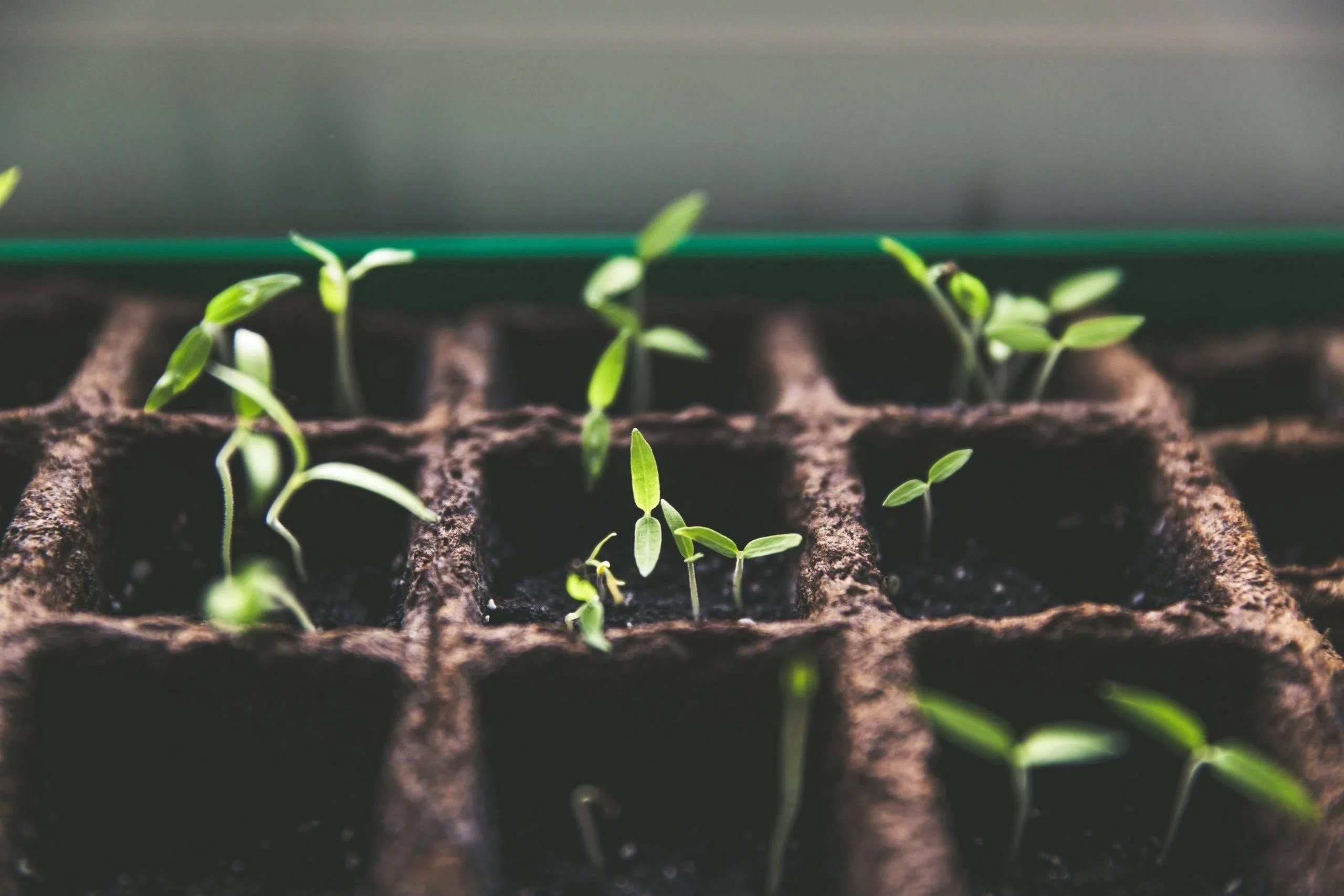
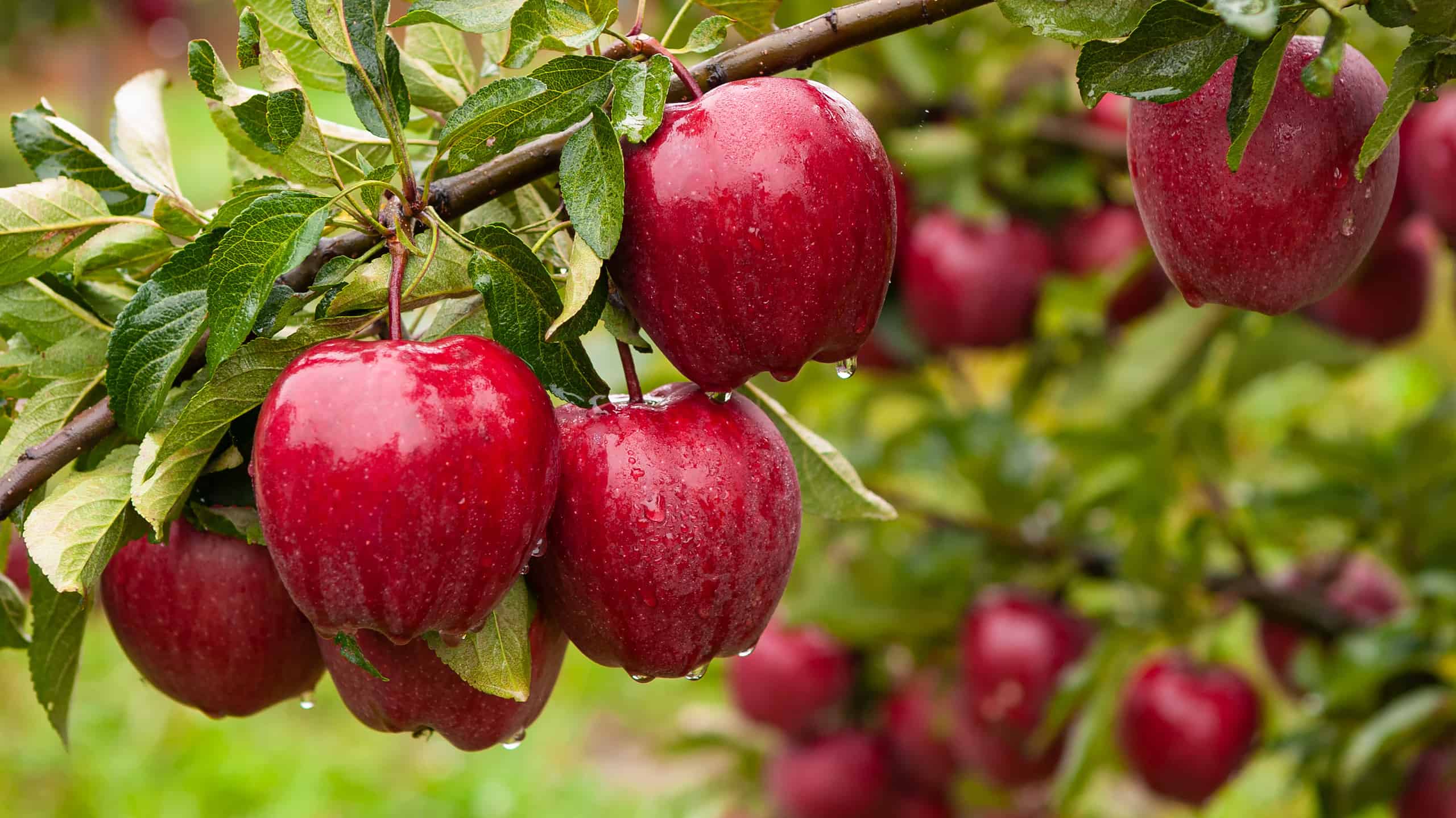
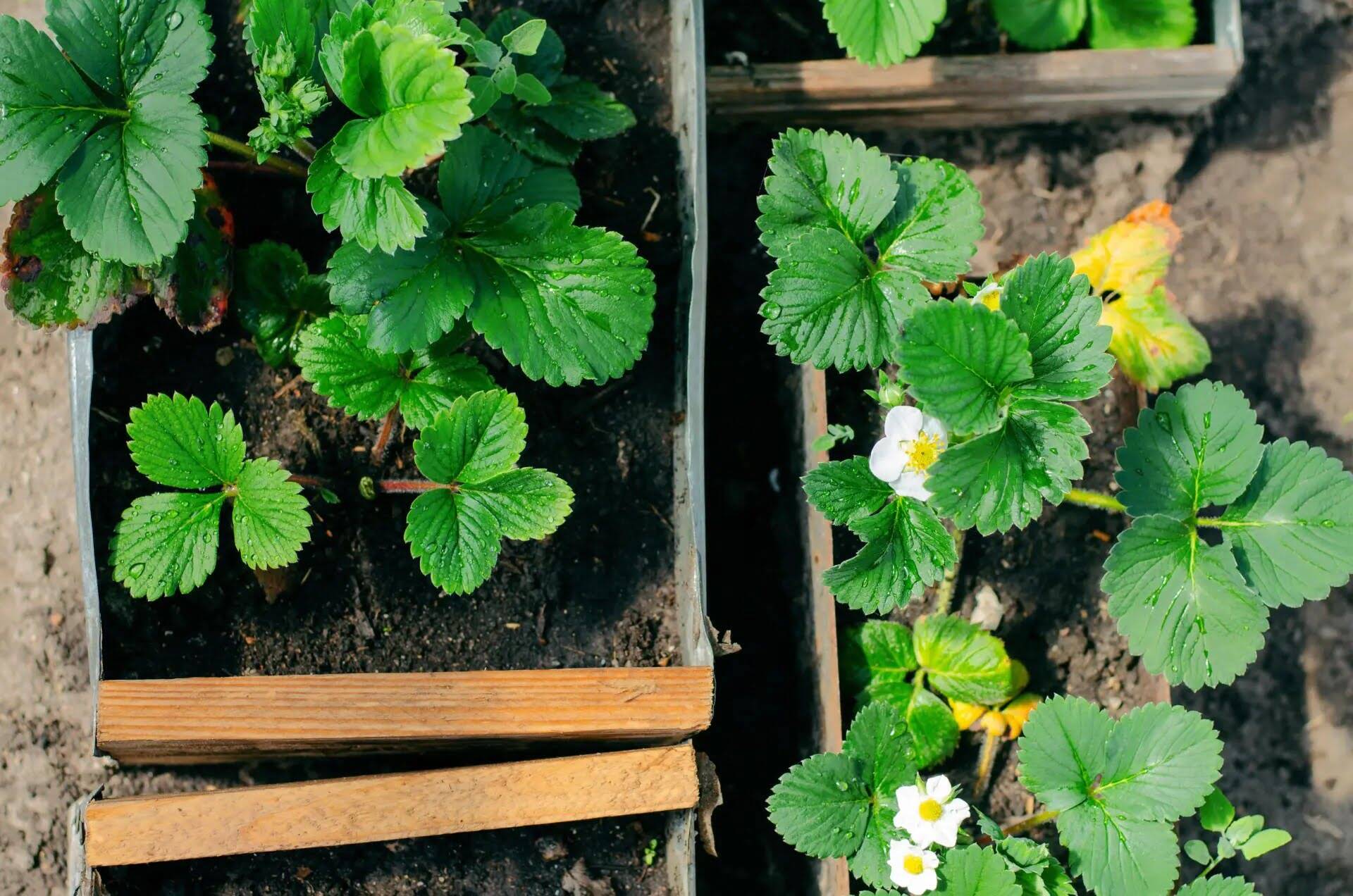
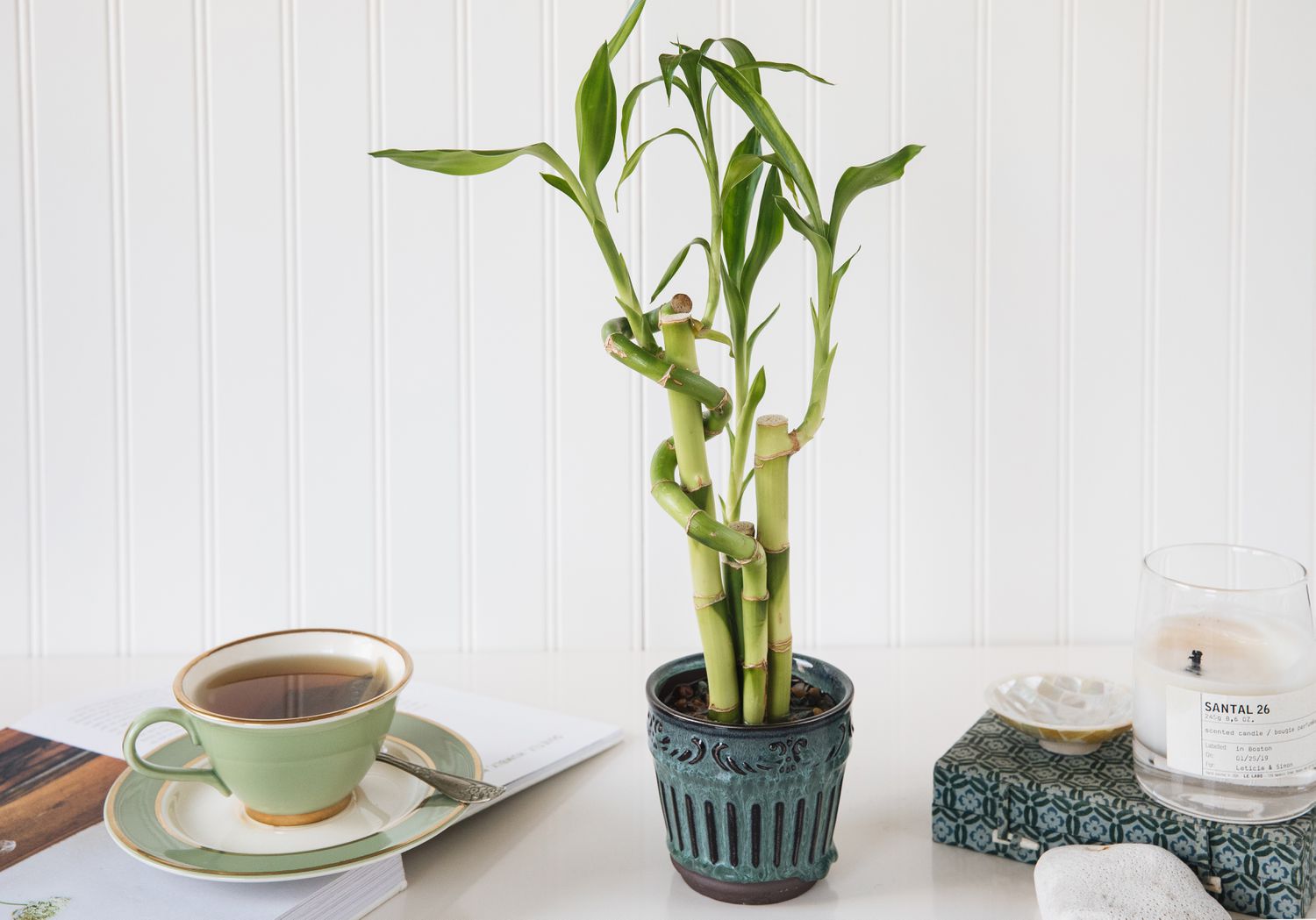
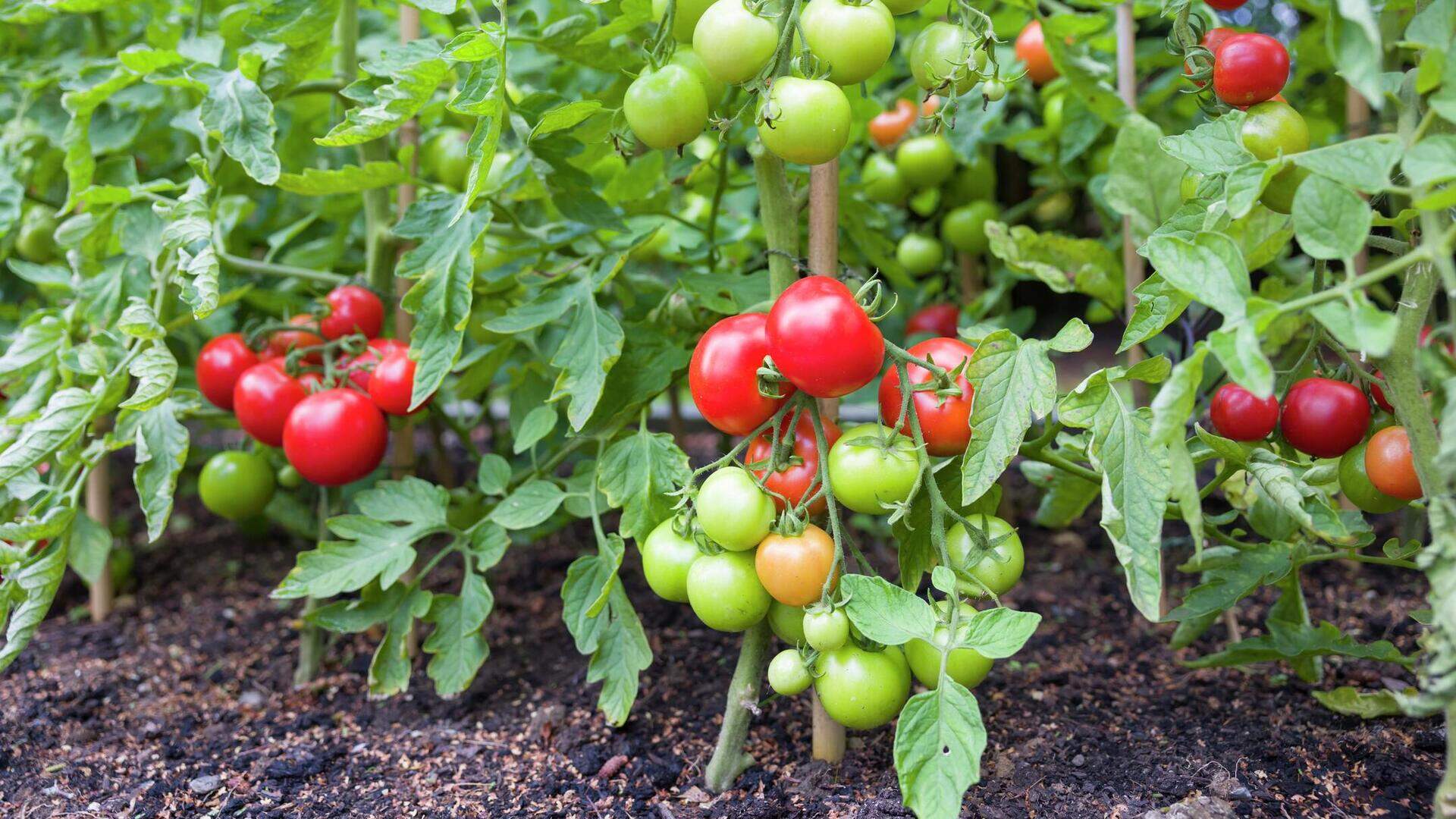
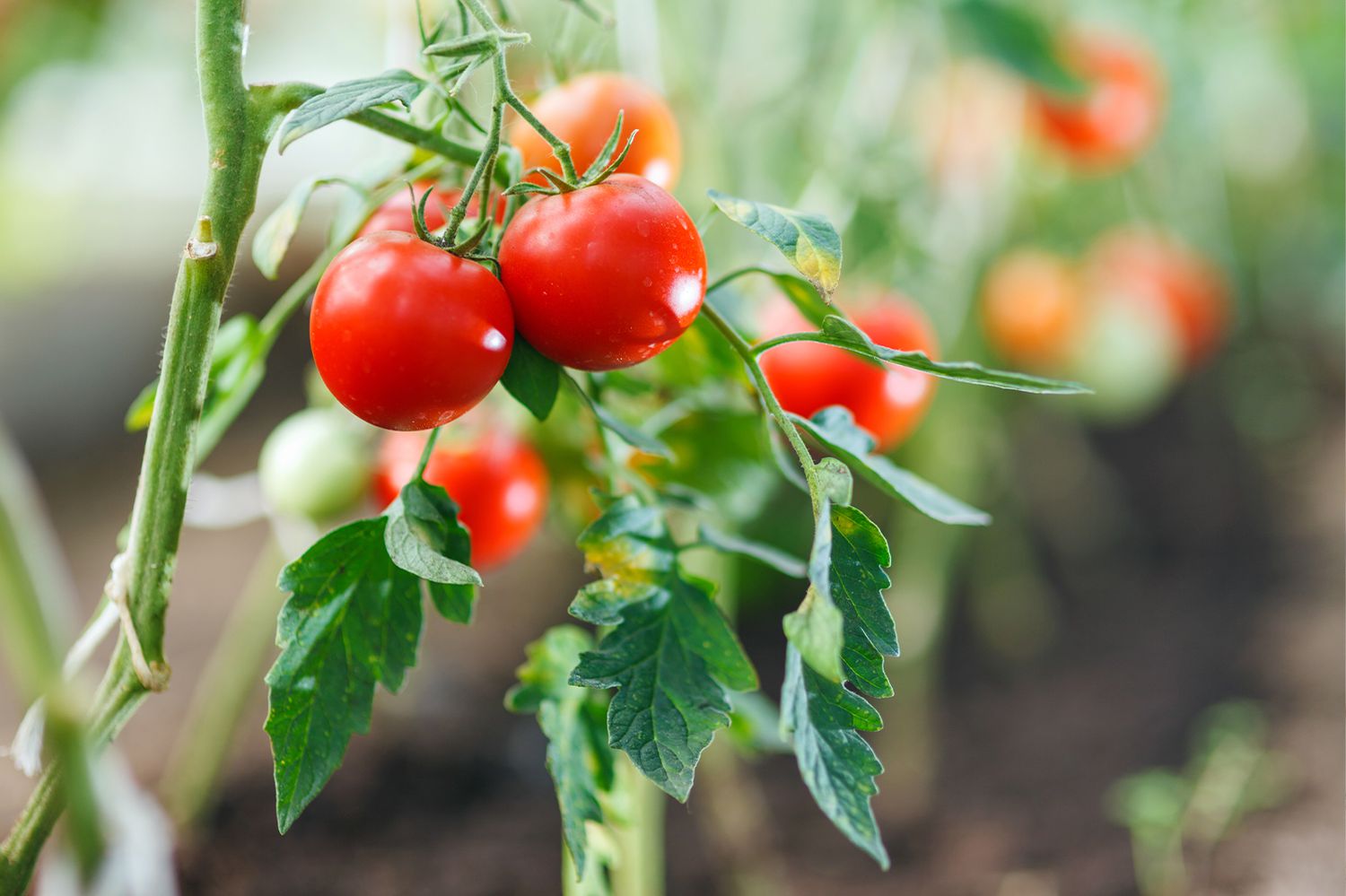
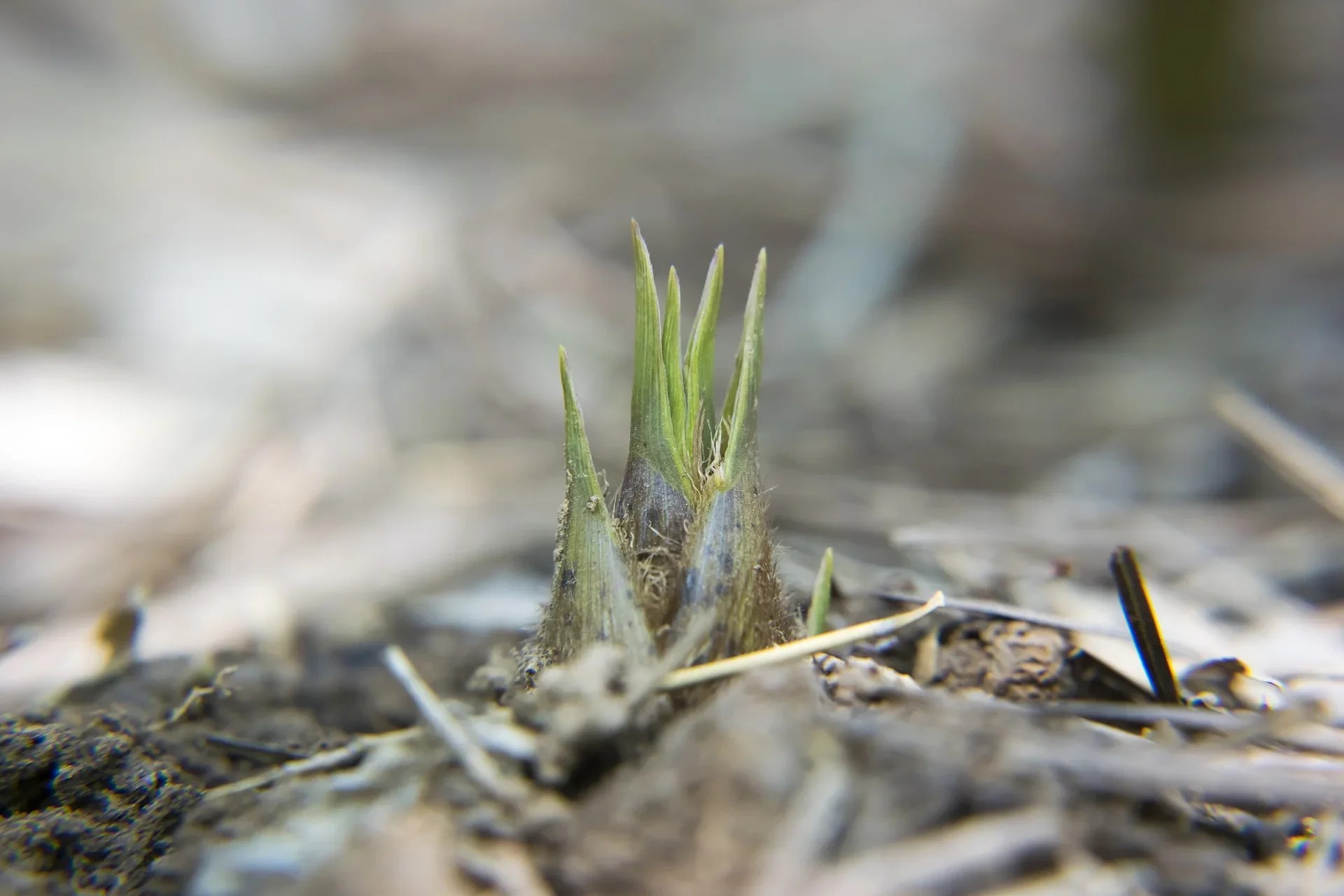
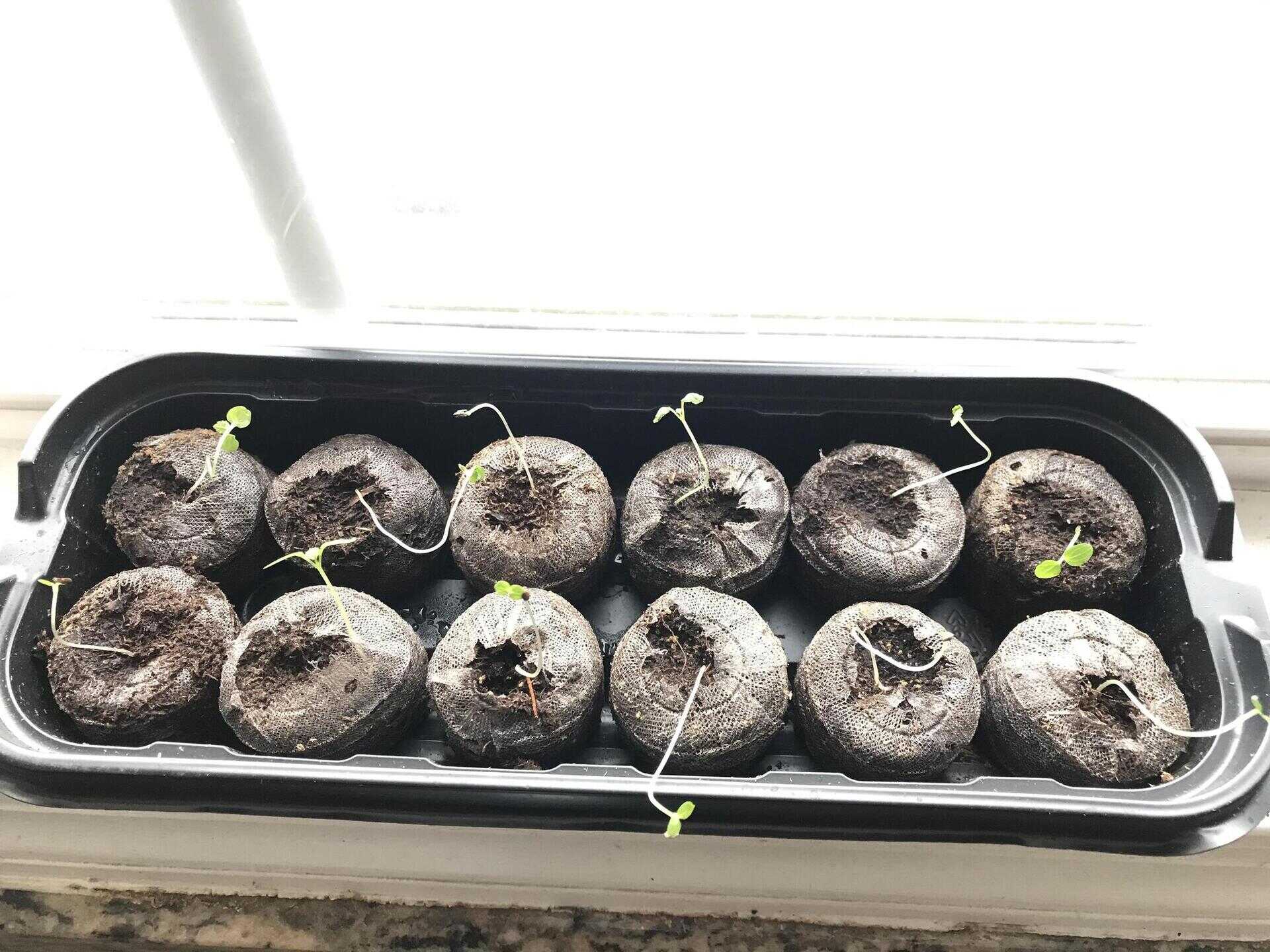
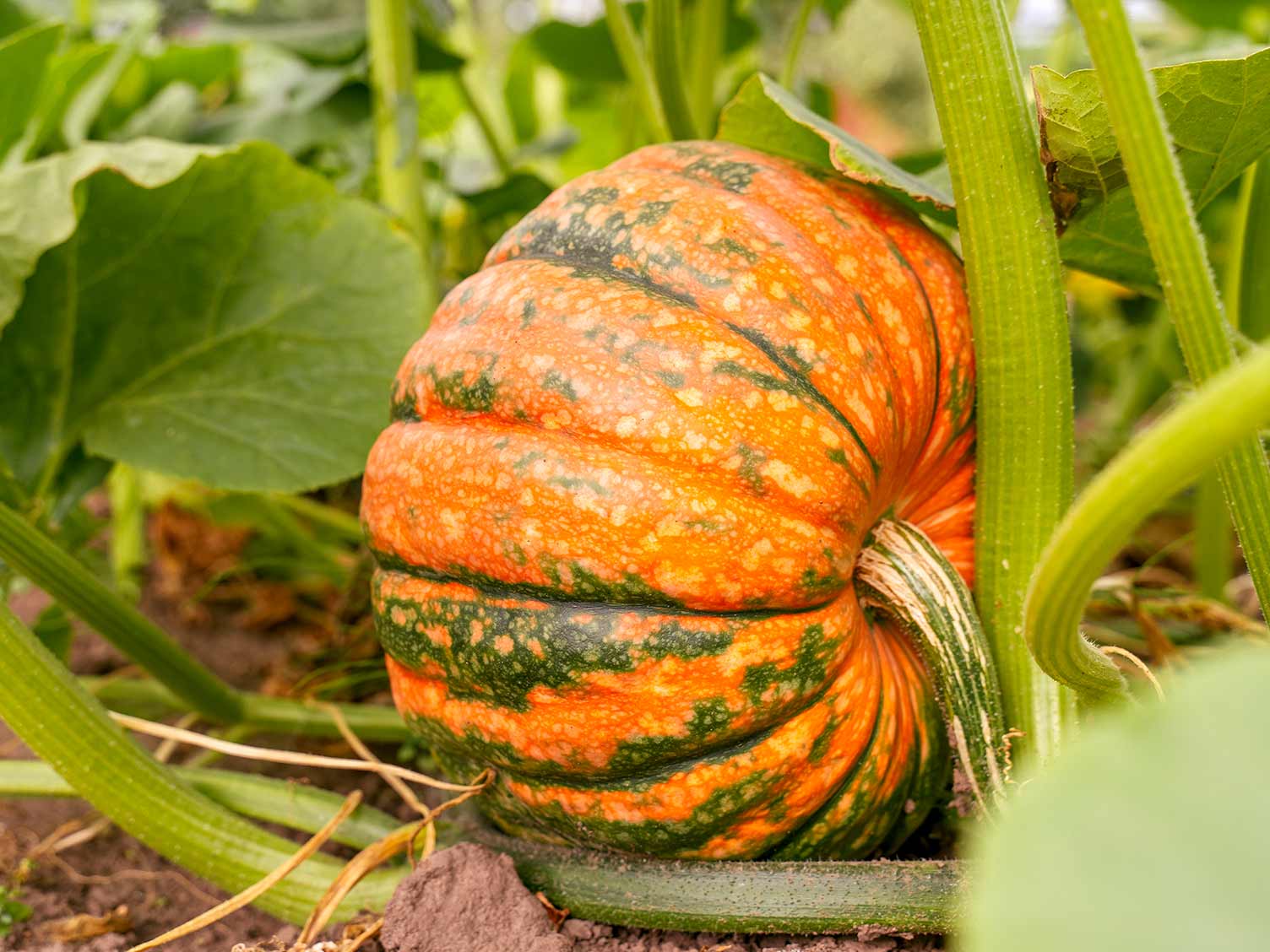
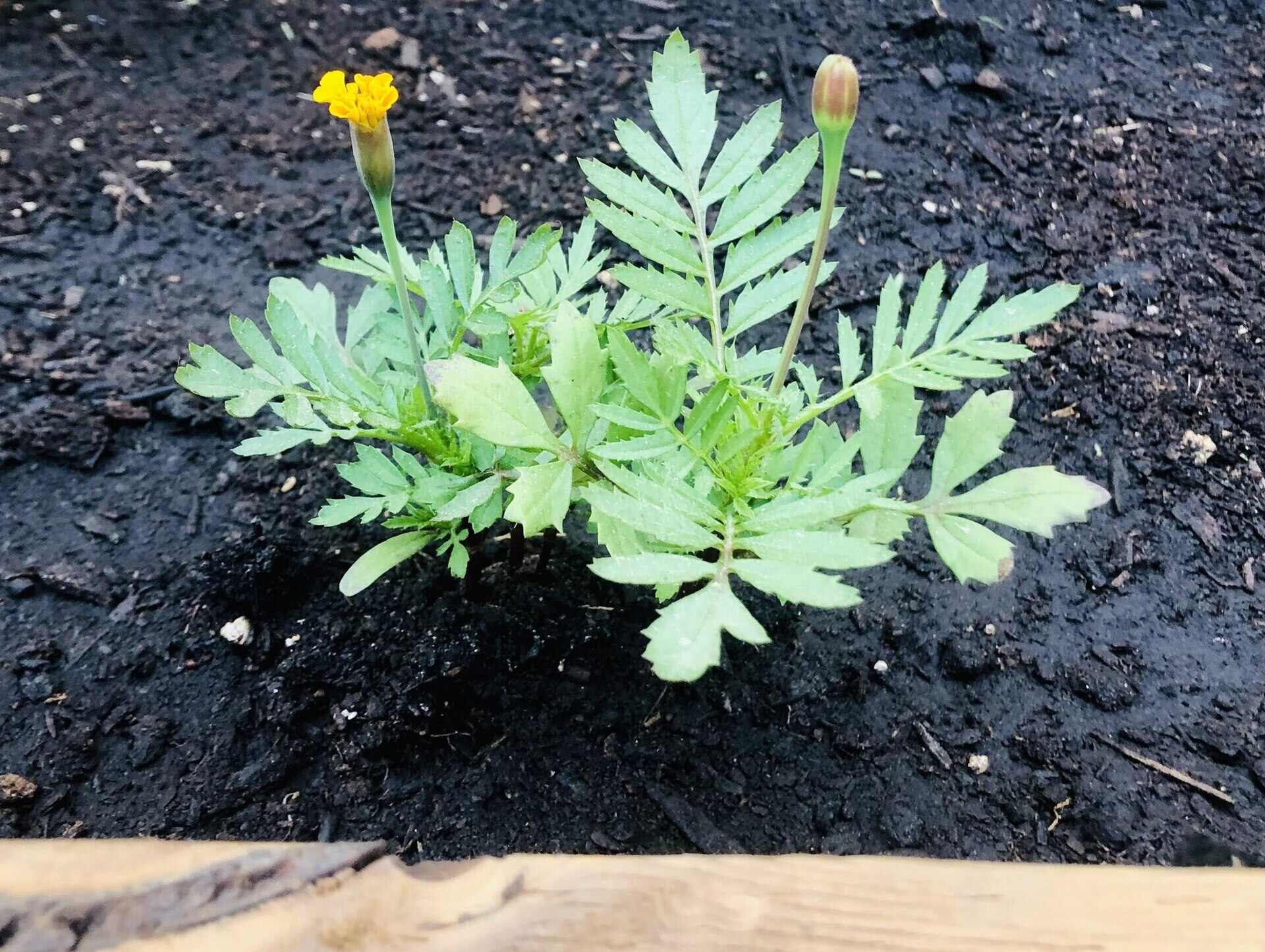
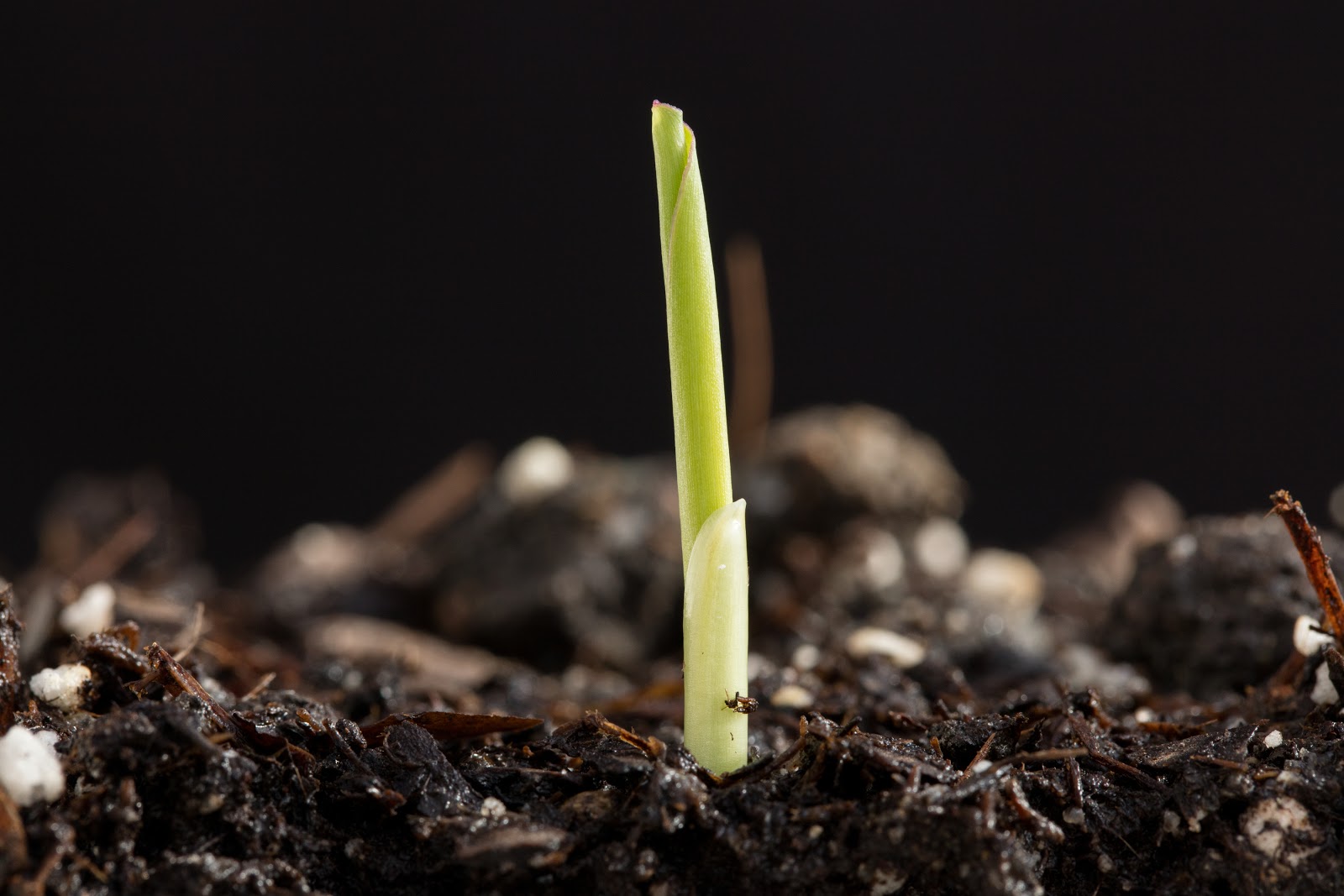
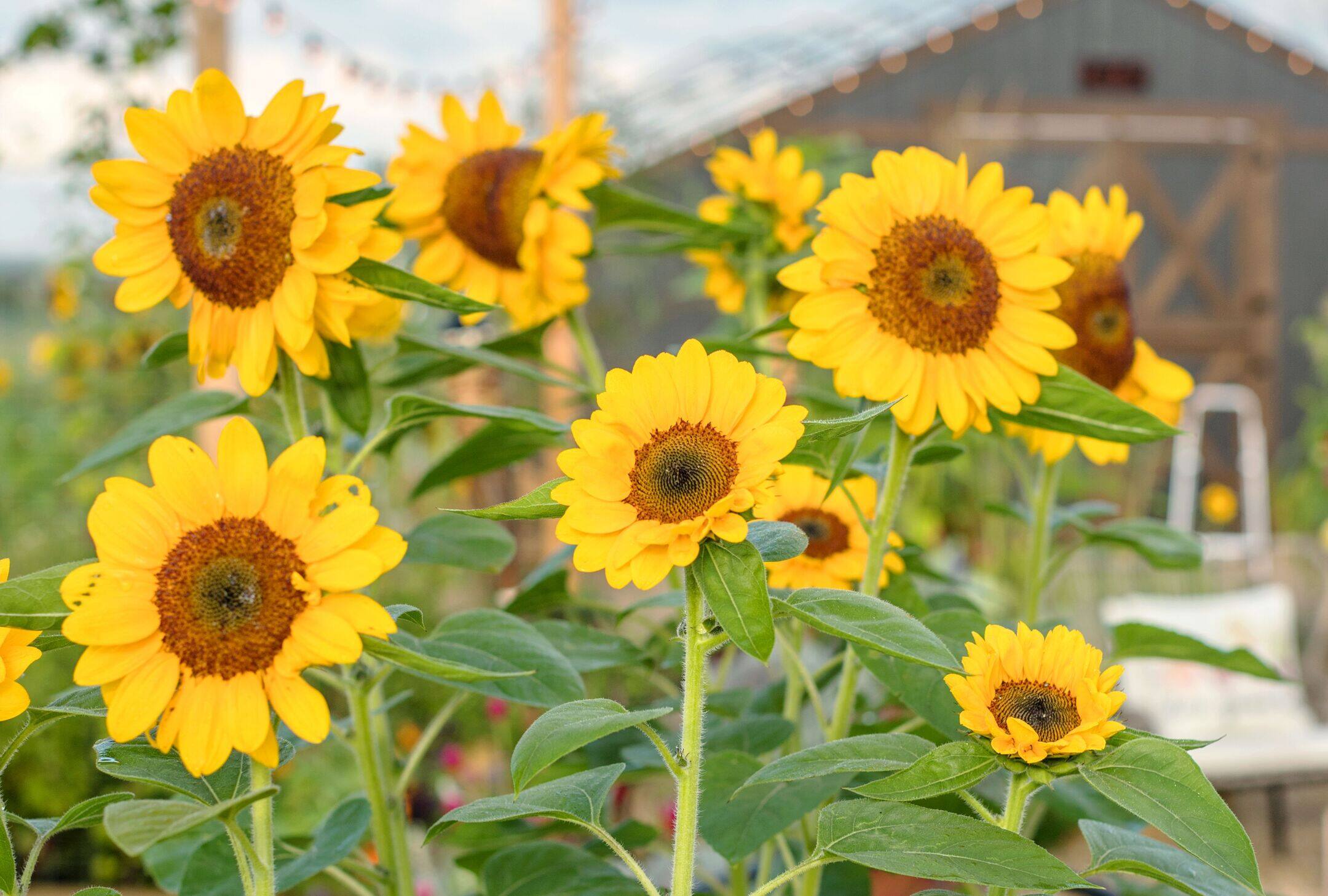
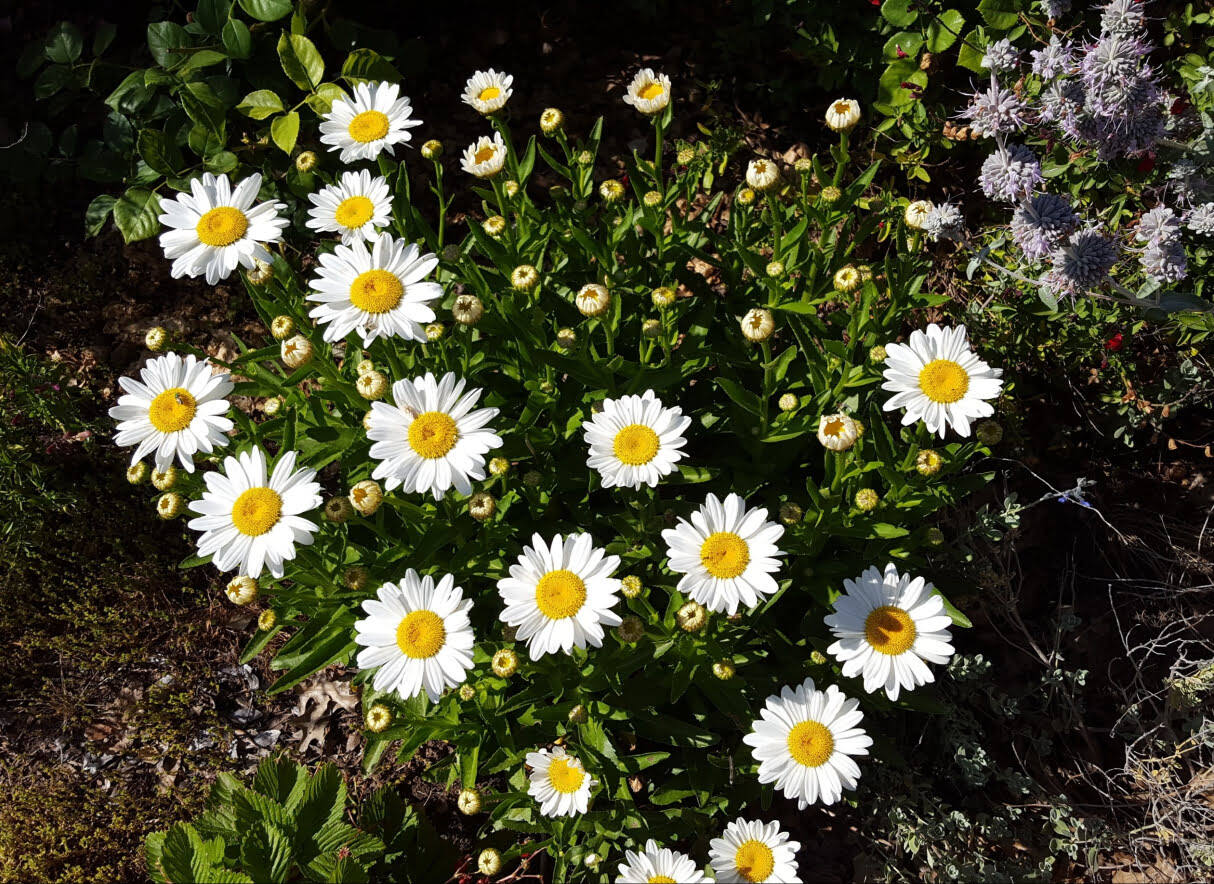

0 thoughts on “How Long Does It Take To Grow Apple Tree From Seed”